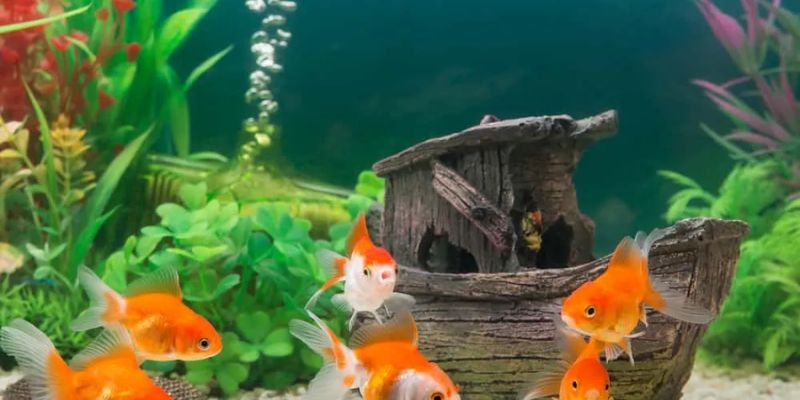You’ve found the definitive resource on controlling the oxygen levels in a fish tank. Your aquatic creatures will not survive without adequate oxygenation. In this post, we’ll show you “How to Regulate Oxygen Levels in a Fish Aquarium in 2023?” just right for fish and other aquatic life to thrive.
Realizing the Value of Oxygenation
Fish and other aquatic species can’t live without oxygen. Fish respiration, breakdown of organic matter, and inadequate filtration systems can all quickly deplete oxygen levels in a contained environment like an aquarium. Fish that don’t have enough oxygen become anxious and eventually die. Keeping the oxygen levels where they should be will result in a thriving aquatic ecology.
Calculating Oxygen Demand
Researching and understanding the individual needs of the fish in your aquarium is essential because different fish species have different oxygen requirements. Oxygen consumption can be affected by variables such as tank population, water temperature, and fish size. Get reliable data on the species you keep so you can give them the right amount of oxygen.
How to Regulate Oxygen Levels in a Fish Aquarium in 2023?
Adequate Ventilation
Proper aeration is one approach to raise the oxygen content of your aquarium. To do this, you can use bubble wands, air pumps, or air stones. These tools aid in generating water movement, which in turn improves surface oxygen exchange. The oxygen levels in the tank can be maintained by carefully positioning the aeration equipment.
Improving Filtration Efficiency
Sufficient oxygen levels require a well-functioning filtration system. A decrease in the need for oxygen is achieved by the filter’s assistance in the removal of trash and excess organic materials. Choose a filter that can handle the volume of your aquarium, and keep it clean and well-maintained so it can do its job.
Plants for Marine Aquariums
Adding live aquatic plants to your aquarium will help produce oxygen and improve the aesthetics of your setup. Aquatic plants raise the tank’s oxygen levels by converting carbon dioxide into oxygen through photosynthesis. Pick plants that can thrive in the same conditions as your fish, both in terms of lighting and food.
An Upheaval of the Surface
Aerating the aquarium’s surface helps oxygenate the water by increasing gas exchange. The water from the filtration system can be directed upwards toward the water’s surface, or air stones and pumps can be used. The motion reduces the surface tension of the water, which facilitates the exchange of oxygen and carbon dioxide.
Don’t Stock Up Too Much
When you overstock your aquarium, the waste produced and the need for oxygen both rise. Preventing oxygen depletion requires keeping the right number of fish in the water. Find out what kind of conditions your fish prefer, and give them plenty of room to swim and grow.
Monitoring Oxygen Levels in a Fish Aquarium
If you care about the health of your fish, you should check the oxygen levels in your aquarium on a regular basis. Electronic oxygen testers and test kits are only two of the many options for gauging oxygen levels. Regular monitoring of oxygen levels allows for fast correction of any deviations from the ideal.
Conclusion
In conclusion, the health and vitality of your aquatic pets depend on your attention to the oxygen levels in their tank. If you follow the advice in this manual, you should be able to establish a pleasant aquatic setting with the help of aeration, optimized filtration, the addition of living plants, surface movement, and a lack of overpopulation. In order to maintain a healthy aquarium environment, it is important to learn the oxygen needs of each type of fish and to check the levels of oxygen in the water on a regular basis.


Thanks on putting this up. It’s evidently done.